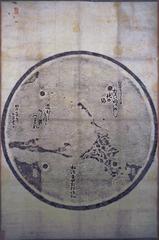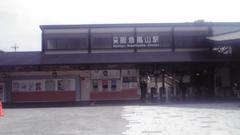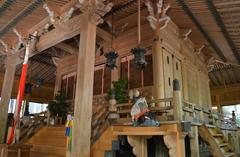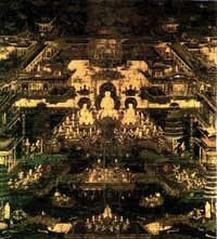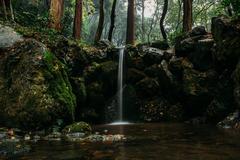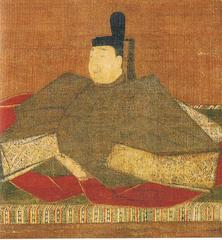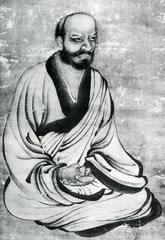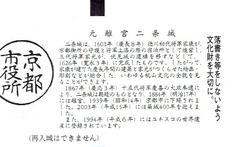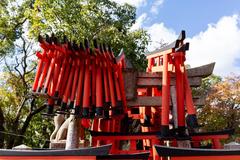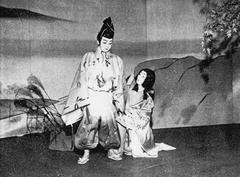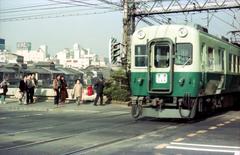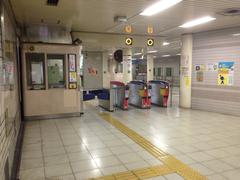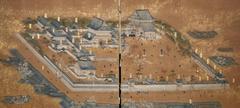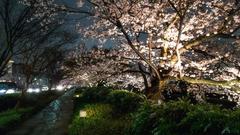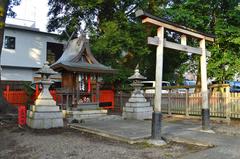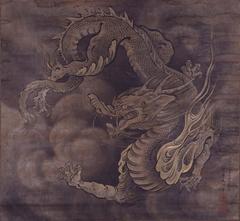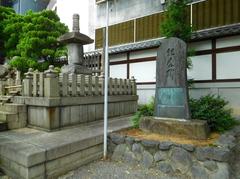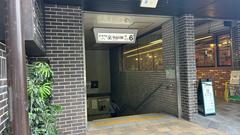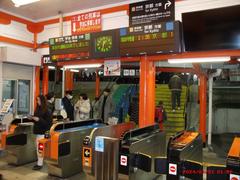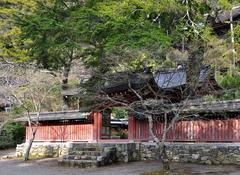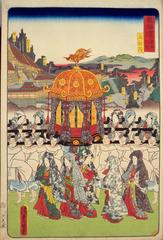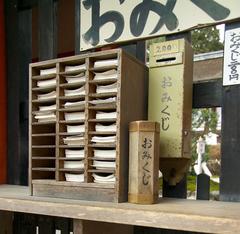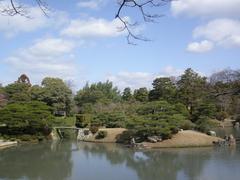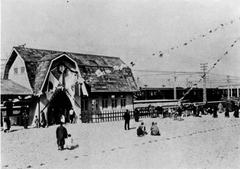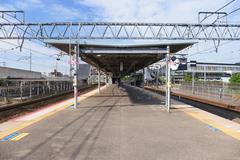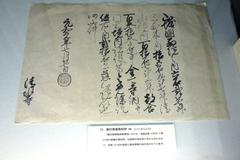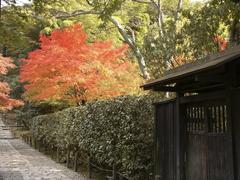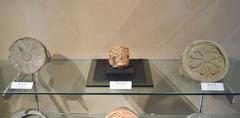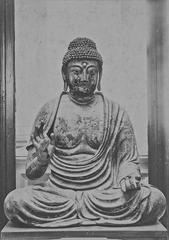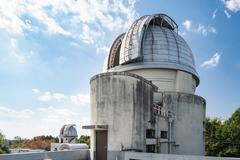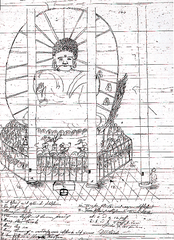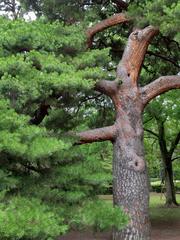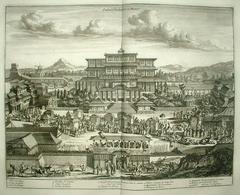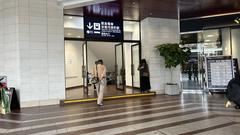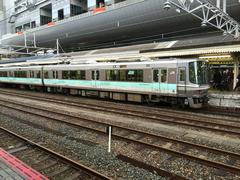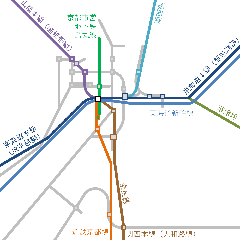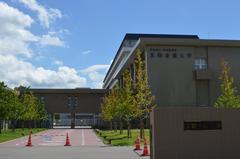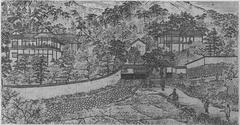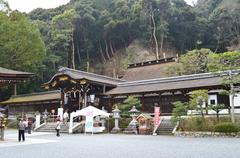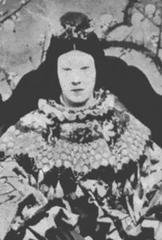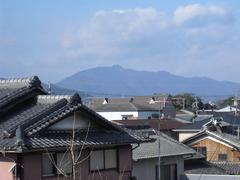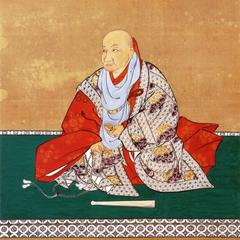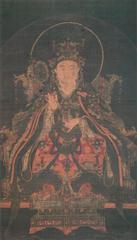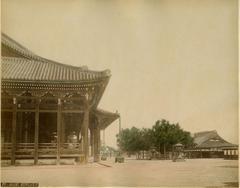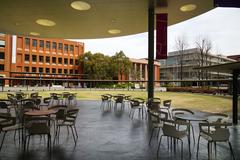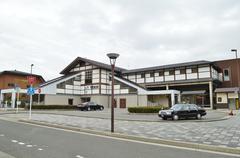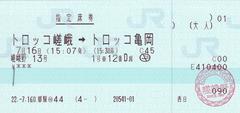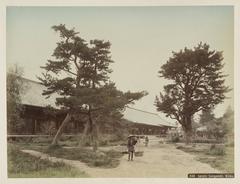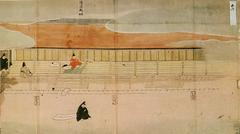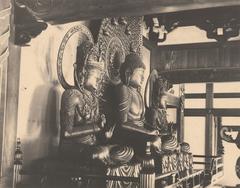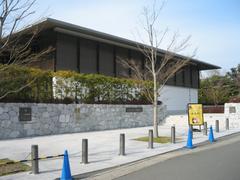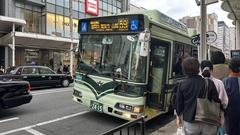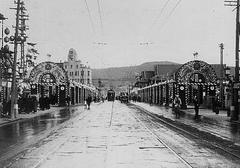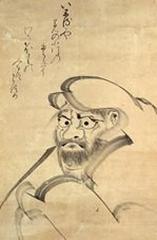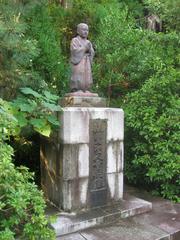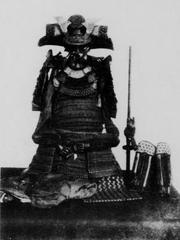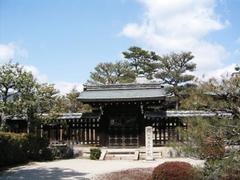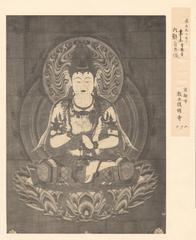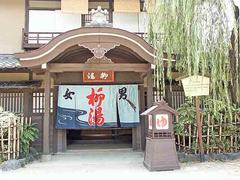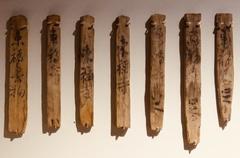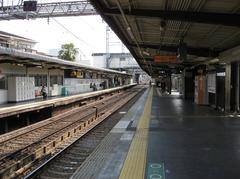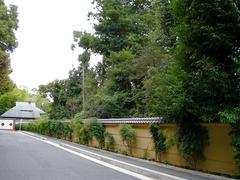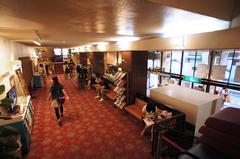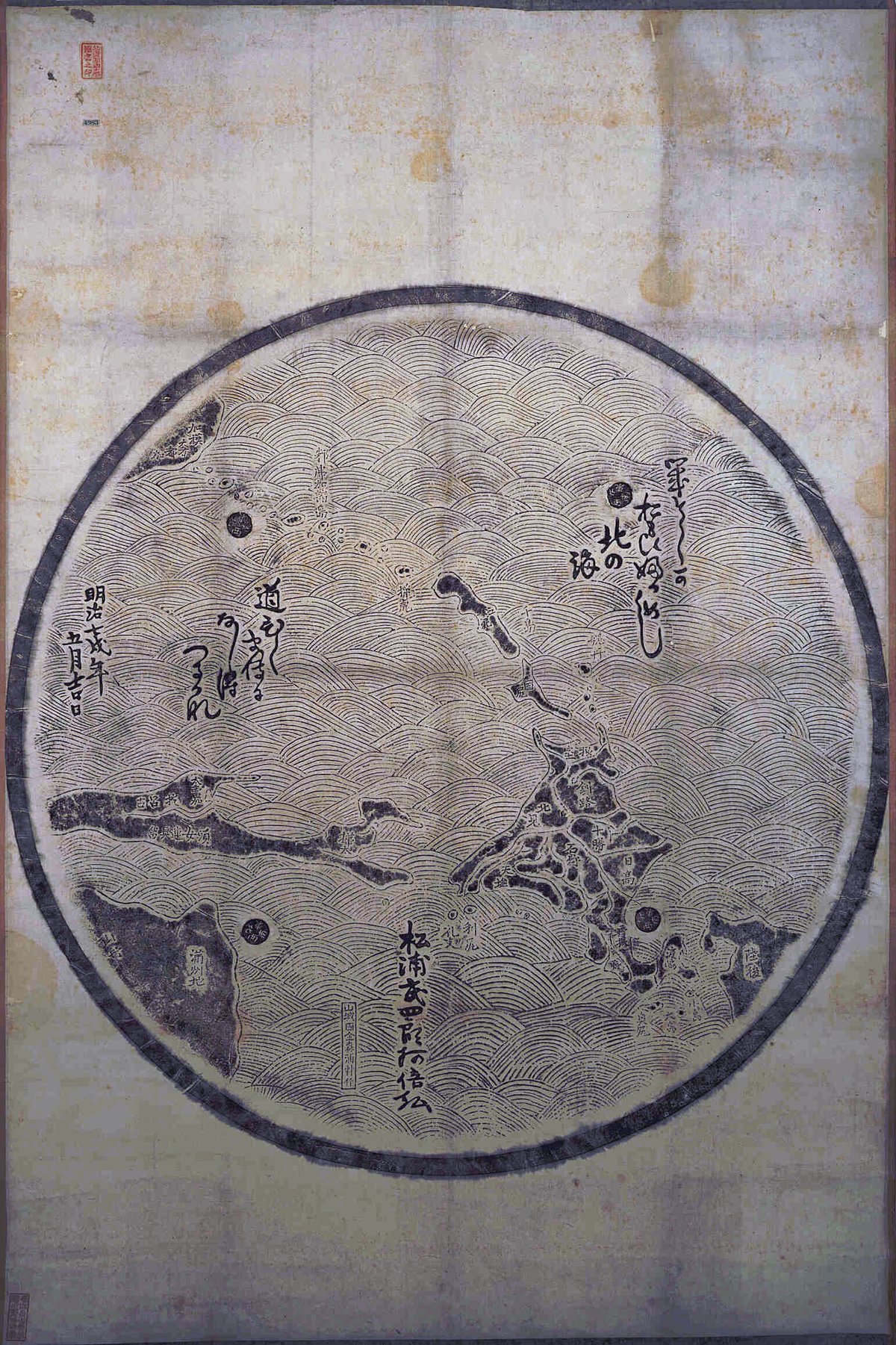
Kitano Tenmangū Kyoto: Visiting Hours, Tickets, and Historical Site Guide
Date: 14/06/2025
Introduction
In the vibrant heart of Kyoto, Kitano Tenmangū Shrine stands as a testament to Japan’s spiritual, historical, and artistic legacy. Established in 947 CE to honor Sugawara no Michizane—a renowned scholar deified as Tenjin, the Shinto god of scholarship—this shrine is the principal shrine for over 10,000 Tenmangū shrines nationwide (Kyoto National Museum; Wikipedia). Visitors are drawn by its Momoyama-period architecture, expansive plum blossom groves, and a full calendar of festivals and markets, ensuring an immersive cultural experience (Japan Welcomes You; Japan Cheapo; Kitano Tenmangū Official). This guide outlines all you need to know about visiting hours, tickets, accessibility, events, and nearby attractions.
Table of Contents
- Introduction
- Historical Background and Cultural Importance
- Architecture and Gardens
- Visitor Information
- Festivals and Flea Market
- Shrine Museum and Treasure Hall
- Practical FAQs
- Conclusion
- Sources
Historical Background and Cultural Importance
Origins and Deification
Kitano Tenmangū was founded in 947 CE to pacify the spirit of Sugawara no Michizane (845–903), a statesman and poet unjustly exiled due to political strife (Kyoto National Museum). After his death, disasters were attributed to his vengeful spirit, prompting his deification as Tenjin, protector of scholars and the arts (Japan Welcomes You; Wikipedia). The shrine has since served as a spiritual haven for students and academics.
Imperial Patronage and Status
Imperial support solidified the shrine’s status: from the Heian period, emperors made offerings and messengers reported major events to Kitano Tenmangū. During the Meiji era, it was designated as a government-supported Kanpei-chūsha shrine (Wikipedia).
Festivals and Community Life
Kitano Tenmangū is a vibrant hub for both locals and travelers. The Baikasai Plum Blossom Festival (February 25th) marks Michizane’s death anniversary, featuring open-air tea ceremonies by geiko and maiko (Japan Welcomes You). The monthly Tenjin-san Flea Market on the 25th attracts thousands, and special events like Hanmantōsai (lantern festival) commemorate key anniversaries (Kyoto National Museum).
Architecture and Gardens
Main Hall and Features
The Main Hall (Honden), built in 1607, is a National Treasure exemplifying the Momoyama style with its irimoya-zukuri (hip-and-gable) roof, gold leaf, and intricate carvings (Kyoto Kinkaku). The Haiden (worship hall) connects via a covered corridor, while grand gates like the Romon and Sankōmon showcase ornate designs.
Symbolic Structures
Notable features include the “Nade-ushi” (Rubbing Ox) statues, which visitors stroke for luck and academic success, and hundreds of stone lanterns that illuminate the grounds during festivals (Kyoto Kinkaku; Magical Trip).
Gardens and Seasonal Highlights
The plum grove (baien) boasts around 1,500 trees, blooming February–March, while 350 maple trees provide stunning autumn foliage. Traditional teahouses, ponds, and stone bridges create a tranquil atmosphere, and seasonal flower beds add year-round color (Kyoto Kinkaku).
Layout and Integration with Nature
The shrine’s layout follows Shinto tradition, guiding visitors from the outer torii gates through serene gardens to the sacred Honden. Subsidiary shrines, ponds, and camphor trees enhance the harmonious blend of architecture and landscape.
Visitor Information
Visiting Hours
- Shrine Grounds: Open daily from 6:30 a.m. to 5:00 p.m. (5:00 a.m. to 6:00 p.m. seasonally; confirm before visiting)
- Treasure Hall: Open on the 25th each month (10:00 a.m. – 4:00 p.m.) and during special exhibitions
Tickets and Admission
- Shrine Grounds: Free entry
- Treasure Hall: ¥1,000 (approx. US$7)
- Special Events/Gardens: Fees may apply (e.g., Baikasai tea tickets ¥3,000; Momiji Garden evening illumination ¥1,200)
Accessibility
- Wheelchair-accessible paths and ramps
- Accessible restrooms
- English signage and guided tours available
Getting There
- By Train: 10 min walk from Kitano-Hakubaichō Station (Randen Tram Line)
- By Bus: City Bus 50 or 101 to Kitano Tenmangū-mae (direct from Kyoto Station)
- By Bicycle: Rentals and parking available nearby
Guided Tours and Photo Spots
English tours can be arranged. Popular spots include the plum grove, main hall, and market scenes.
Nearby Attractions
- Kamishichiken Geisha District
- Hirano Shrine (cherry blossoms)
- Kinkaku-ji (Golden Pavilion), Ninna-ji, Ryoan-ji temples
Festivals and Flea Market
Tenjin-san Flea Market
Held on the 25th each month, this market features up to 1,000 stalls selling antiques, crafts, vintage kimonos, plants, and local foods (Japan Cheapo; Kyoto Official PDF). It runs 7:00 a.m.–4:00 p.m., rain or shine, and is especially lively in January and December (“Shimai Tenjin” market).
Tips:
- Arrive early for best selection
- Cash only (bring small bills)
- Expect crowds, especially midday
Major Festivals and Rituals
- Baikasai (Plum Blossom Festival): February 25th, with outdoor tea ceremonies by geiko and maiko (Japan Welcomes You)
- Nagoshi no Harae (Summer Purification): Late June, with a giant grass ring for ritual purification (Inside Kyoto)
- Shimai Tenjin: December 25th, year-end market
- Other Rituals: Tea ceremonies, protection festivals, and lantern events (Magical Trip)
Shrine Museum and Treasure Hall
Visiting Hours and Tickets
- Open on the 25th of each month (10:00 a.m.–4:00 p.m.) and during special exhibitions
- Admission: ¥1,000
- Tickets sold onsite; online options may be available (Kitano Tenmangū Official)
Highlights and Special Exhibitions
The Treasure Hall houses National Treasures like the Kitano Tenjin Engi Emaki, Heian-era calligraphy, historic swords, armor, and tea ceremony utensils. Special exhibitions focus on the shrine’s history, tea culture, and the legacy of Sugawara no Michizane (Kyoto National Museum).
Tea Ceremony Legacy
Site of the legendary 1587 Kitano Grand Tea Gathering, Kitano Tenmangū maintains deep ties to tea culture. The Taiko Well and Shōkōken Teahouse remain as historic sites, and annual tea festivals are held each December.
Practical FAQs
Q: What are the visiting hours for Kitano Tenmangū?
A: Shrine grounds are open daily (typically 6:30 a.m.–5:00 p.m.; confirm for seasonal changes). The Treasure Hall opens on the 25th monthly and for special exhibitions.
Q: Is there an admission fee?
A: Shrine grounds are free. Treasure Hall and special garden events require tickets.
Q: Are guided tours available?
A: Yes, through tourist centers or by arrangement.
Q: Is Kitano Tenmangū accessible?
A: Yes, with paved paths, ramps, and accessible restrooms.
Q: When are the best times to visit?
A: For plum blossoms (late Feb–March), autumn foliage (Nov), and monthly flea markets (25th of each month).
Q: How do I get tickets for special events?
A: Onsite; online booking may be available for special exhibitions.
Q: Is photography allowed?
A: Permitted in most areas but not inside all buildings; respect signage.
Conclusion
Kitano Tenmangū is a cornerstone of Kyoto’s historical, spiritual, and community life. From its majestic architecture and tranquil plum groves to vibrant festivals and markets, the shrine offers a quintessential Kyoto experience. Careful planning—taking note of visiting hours, ticket options, and event schedules—ensures a rewarding visit. Enhance your journey with audio guides like the Audiala app, and stay updated via official and tourism channels.
Sources
- Japan Welcomes You
- Kyoto Kinkaku
- Japan Cheapo
- Kitano Tenmangū Official
- Wikipedia
- Kyoto National Museum
- Magical Trip
- Kyoto Official Event Calendar
- Inside Kyoto
- My Kyoto Machiya
